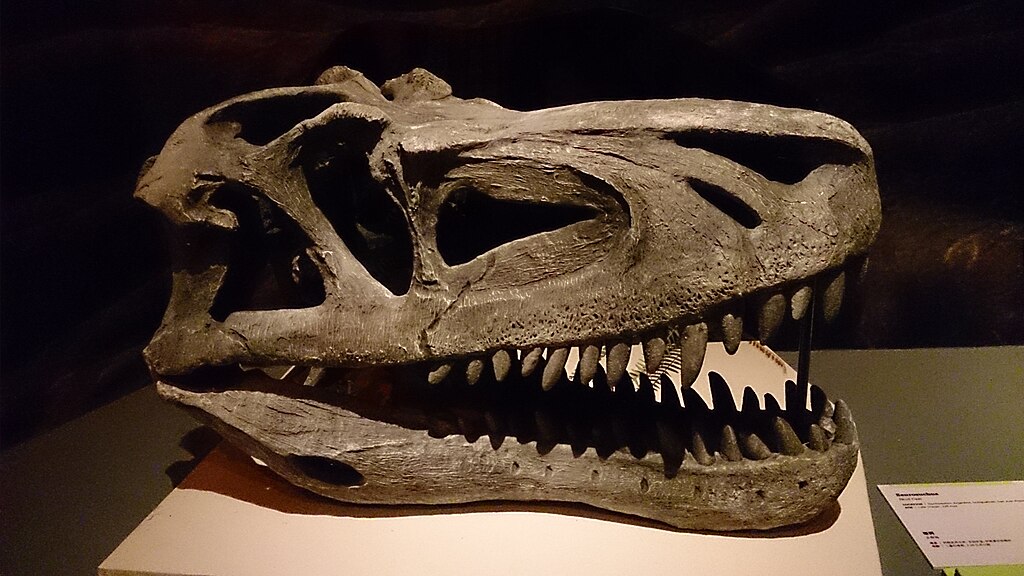The mystery of dinosaur sleep has puzzled paleontologists for decades. While fossils preserve the shape and structure of these magnificent creatures, behavioral aspects like sleep patterns remain largely speculative. Modern birds—the living descendants of dinosaurs—offer tantalizing clues, but the truth may be far stranger than we imagine. Recent discoveries and innovative research techniques are beginning to shed light on how these prehistoric giants might have rested.
From fossilized sleeping postures to brain structure analysis, scientists are piecing together the nighttime habits of creatures that vanished 66 million years ago. What they’re finding suggests dinosaur sleep might have combined familiar avian traits with unique adaptations all their own.
The Bird-Dinosaur Connection: An Evolutionary Framework

To understand dinosaur sleep, we must first acknowledge the evolutionary relationship between dinosaurs and modern birds. Birds evolved from theropod dinosaurs—the same group that included Tyrannosaurus rex and Velociraptor. This connection isn’t merely ancestral; birds are technically living dinosaurs, representing the only dinosaur lineage to survive the extinction event that wiped out their relatives. The close evolutionary relationship means certain behavioral traits, including sleep patterns, may have been conserved across millions of years of evolution.
Brain structure similarities between certain dinosaurs and modern birds further strengthen this connection. Scientists can use this evolutionary framework as a starting point for investigating dinosaur sleep patterns, though they must remain cautious about assuming too many similarities given the vast differences in body size and lifestyle between most dinosaurs and their avian descendants.
Unique Avian Sleep: Modern Birds’ Extraordinary Rest Patterns

Modern birds exhibit some of the most specialized sleep patterns in the animal kingdom, offering potential insights into dinosaur rest habits. Most notably, many birds engage in unihemispheric sleep—the ability to rest one half of their brain while keeping the other half alert and functional. This adaptation allows birds to remain vigilant against predators even while sleeping. Birds also experience remarkably intense REM sleep compared to mammals, packing significant neural processing into shorter sleep periods.
Another distinctive feature is the ability of many birds to sleep while standing, locking their legs through a specialized tendon mechanism that requires no active muscle engagement. Some birds even sleep during flight, particularly during long migrations. These extraordinarily adaptable rest strategies represent evolutionary solutions to the vulnerabilities created by sleep—solutions that may have roots in their dinosaur ancestors.
Fossil Evidence: Sleeping Postures Preserved in Stone
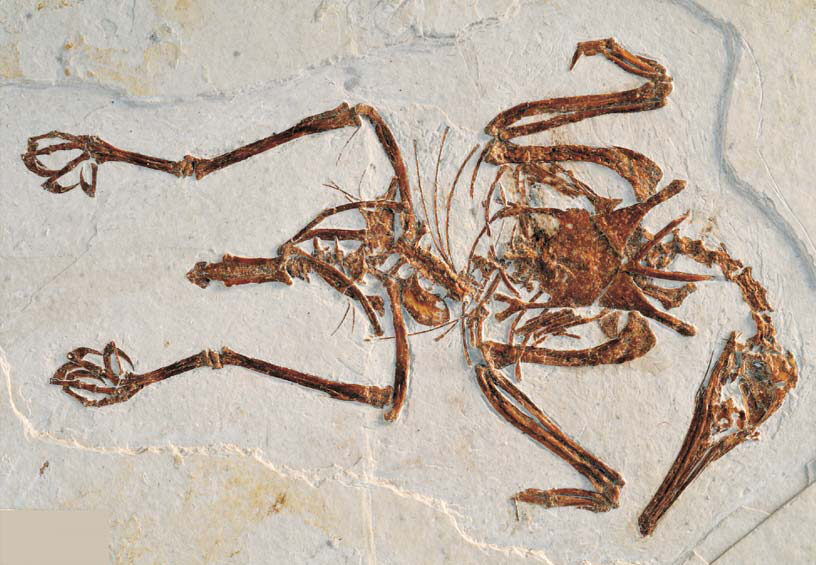
While behavior rarely fossilizes, several remarkable specimens have preserved what appear to be dinosaurs caught in the act of sleeping. The most famous example is a small theropod dinosaur named Mei long, discovered in China with its head tucked beneath its forelimb in a distinctly bird-like sleeping posture. The specimen’s name even translates to “soundly sleeping dragon,” acknowledging this remarkable preservation. Another notable fossil is that of Sinornithoides youngi, found in a curled position similar to that of sleeping modern birds.
These fossilized sleeping postures provide direct evidence that at least some smaller, more bird-like dinosaurs adopted avian-style resting positions. The consistent appearance of these postures across different theropod species suggests this wasn’t random positioning but an established behavioral pattern. Importantly, these sleeping positions help conserve body heat, indicating dinosaurs may have faced similar thermoregulatory challenges during rest as modern birds do.
Brain Structure Analysis: Clues from Ancient Skulls

Paleontologists have increasingly turned to advanced imaging techniques to examine dinosaur brain structure for clues about sleep patterns. Using CT scans of well-preserved skulls, researchers can create detailed endocasts—models of the brain cavity that reveal the shape and proportions of the brain. These studies have identified similarities between certain dinosaur brain structures and those of modern birds, particularly in the cerebrum and cerebellum regions that govern complex behaviors, including sleep regulation.
Some theropod dinosaurs show enlarged visual processing centers similar to those in birds, suggesting comparable sensory processing during wakefulness and potentially similar sleep needs for neural maintenance. The wulst—a brain structure unique to birds that plays a role in sleep regulation—appears to have evolutionary precursors in some dinosaur brain endocasts. These neuroanatomical similarities provide indirect but compelling evidence that some aspects of bird sleep may have originated in their dinosaur ancestors.
Size Matters: How Giant Dinosaurs Might Have Rested

The enormous size of many dinosaurs presents a particular challenge when theorizing about their sleep patterns. Giant sauropods like Brachiosaurus and Diplodocus, weighing up to 80 tons, would have faced significant physiological constraints regarding rest positions. Unlike their smaller therapod relatives, these massive animals likely couldn’t safely lie down for extended periods without risking injury to internal organs or difficulty breathing due to their own weight.
Consequently, many paleontologists believe large dinosaurs may have developed specialized adaptations for resting while standing, similar to but perhaps more extreme than those seen in elephants and horses. Some have proposed that sauropods might have slept standing in water, using buoyancy to offset their weight, though this remains speculative. The question of whether these giants experienced REM sleep, which typically requires muscular relaxation, remains particularly puzzling, with some scientists suggesting they might have evolved mechanisms for abbreviated or partial REM sleep while maintaining postural support.
The Sentinel Hypothesis: Group Sleep Strategies

Many modern birds and mammals practice sentinel behavior, where members of a group take turns sleeping and watching for predators. Fossil evidence of dinosaurs found in groups has led some paleontologists to propose similar behaviors among certain dinosaur species. Trackway evidence showing multiple individuals of the same species traveling together supports the idea that many dinosaurs were social animals. Social dynamics often extend to sleep arrangements, suggesting coordinated rest patterns may have evolved among group-living dinosaurs.
For herbivorous dinosaurs particularly vulnerable to predation, sentinel sleeping would have provided significant survival advantages. The discovery of multiple Mei long specimens in the same geological layer hints at possible group sleeping behavior among some smaller dinosaurs. If dinosaurs did employ sentinel sleeping strategies, it would represent another parallel with their avian descendants, many of which maintain vigilant rotations during group rest periods.
Unihemispheric Sleep: Did Dinosaurs Rest Half a Brain at a Time?

One of the most intriguing possibilities is whether dinosaurs, like many modern birds, could sleep with one hemisphere of their brain while keeping the other alert—a phenomenon known as unihemispheric slow-wave sleep. This adaptation allows birds to remain vigilant against predators while still obtaining necessary rest. The evolutionary advantages of such an ability would have been significant for dinosaurs, particularly those vulnerable to predation. Brain structure analysis suggests some dinosaurs had the neurological framework potentially capable of supporting this specialized sleep pattern.
The relatively small size of many dinosaur brains compared to their body mass might have made unihemispheric sleep particularly advantageous for maintaining basic vigilance. For large predatory dinosaurs like T. rex, unihemispheric sleep could have allowed them to remain partially alert to potential prey or territorial rivals even during rest periods. If confirmed, this would represent one of the most remarkable sleep adaptations in vertebrate evolution, preserved across the dinosaur-bird transition.
Nesting Behavior: Clues from Reproduction

Dinosaur nesting sites provide indirect evidence about potential sleep behaviors, particularly for species that may have incubated their eggs. Multiple fossil discoveries show adult dinosaurs preserved atop nests in brooding positions remarkably similar to those of modern birds. The oviraptorid dinosaur Citipati was famously discovered in a bird-like posture sitting on its nest with its limbs spread symmetrically over the center.
These brooding positions suggest these dinosaurs remained in relatively stationary positions for extended periods, likely alternating between alert states and rest while protecting their eggs. The energetic demands of continuous incubation would almost certainly have required periods of rest or sleep while maintaining the nesting position.
Modern birds have evolved specialized sleep adaptations that allow them to rest while incubating, and the similar nesting postures of some dinosaurs suggest parallel adaptations. These nesting behaviors provide a window into specific contexts where dinosaur sleep patterns would have been shaped by the competing demands of rest and reproduction.
Cold-Blooded or Warm-Blooded: Metabolism and Sleep Needs
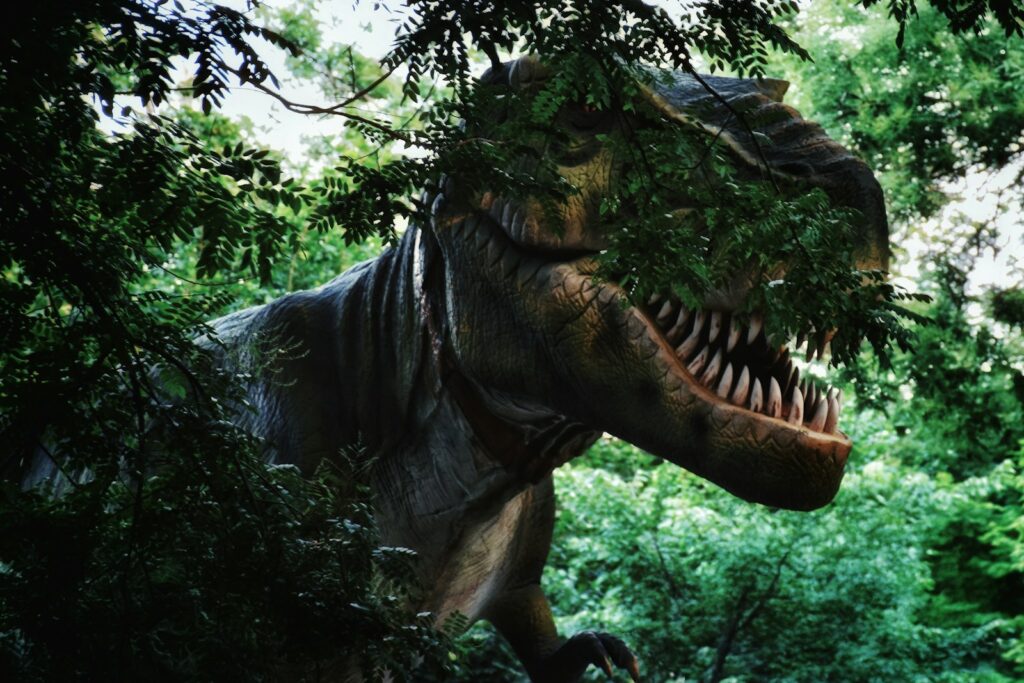
The ongoing debate about dinosaur metabolism has significant implications for their sleep patterns. Recent evidence increasingly suggests many dinosaurs were mesotherms or even endotherms, maintaining higher body temperatures than typical reptiles through internal heat generation. Warm-blooded animals typically require more sleep than cold-blooded ones, as their higher metabolic rates create greater neurological maintenance needs during rest periods. If dinosaurs were indeed warm-blooded, they would likely have required more substantial sleep than modern reptiles.
Bone histology studies showing rapid growth rates in many dinosaur species support higher metabolic rates, indirectly suggesting greater sleep requirements. The discovery of dinosaur species in polar regions, where they would have experienced months of darkness, further complicates our understanding of their sleep cycles and metabolic adaptations. The evolutionary transition toward warm-bloodedness seen in the dinosaur lineage leading to birds may have been accompanied by parallel changes in sleep architecture to support more energy-intensive lifestyles.
Circadian Rhythms in the Mesozoic

Like all animals, dinosaurs would have been subject to the planet’s day-night cycle, developing circadian rhythms to coordinate their biological processes. The Mesozoic Era experienced variations in day length and seasonal patterns different from today, potentially influencing dinosaur sleep-wake cycles. Dinosaurs living in polar regions would have faced extreme seasonal variations in daylight, perhaps developing specialized circadian adaptations similar to those seen in modern polar animals. Eye structure analysis of fossilized dinosaur skulls reveals variations in the size of the sclerotic ring (a bone that helps support the eye), with some species showing adaptations for low-light vision that suggest nocturnal or crepuscular activity patterns.
These varying activity patterns would necessarily have influenced when and how different dinosaur species slept. Some paleontologists propose that smaller dinosaurs might have been predominantly nocturnal to avoid diurnal predators, while larger species likely maintained daytime activity patterns, creating a complex ecosystem of interacting sleep-wake cycles across different dinosaur groups.
Sleep Duration: How Long Did Dinosaurs Rest?
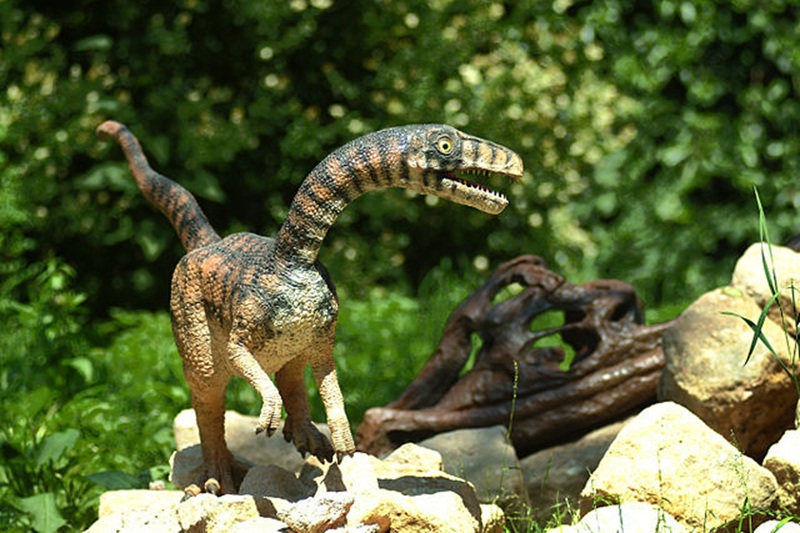
The question of how long dinosaurs slept remains particularly challenging for paleontologists. In modern animals, sleep duration correlates with several factors including body size, metabolic rate, diet, and predation risk. Larger animals with slower metabolisms typically require less sleep—elephants average just 3-4 hours daily—suggesting giant sauropods might have had similarly abbreviated rest periods. Predatory dinosaurs with higher metabolic rates and more complex brains likely required more substantial sleep for neural maintenance.
Small, bird-like dinosaurs probably needed significantly more sleep than their larger counterparts, potentially approaching the 10-12 hours seen in many modern bird species. The social context would have influenced sleep duration as well, with group-living species potentially sleeping less individually if they employed sentinel strategies. Seasonal variations would also have affected sleep patterns, with potentially longer rest periods during resource-scarce seasons to conserve energy. Without direct observation, these estimations remain hypothetical, but the combination of comparative biology and fossil evidence provides reasonable frameworks for understanding dinosaur sleep duration.
Modern Technology: New Approaches to Ancient Questions

Cutting-edge technologies are revolutionizing how scientists investigate dinosaur sleep patterns. High-resolution CT scanning allows unprecedented visualization of dinosaur brain endocasts, revealing neurological structures potentially involved in sleep regulation. Biomechanical modeling software can simulate dinosaur musculoskeletal systems to assess which resting postures would have been physically sustainable. Environmental reconstruction techniques help scientists understand the habitats where dinosaurs slept, providing context for interpreting adaptive pressures on their rest patterns.
Comparative genomics between birds and crocodilians (the closest living relatives of dinosaurs) has identified genes involved in sleep regulation that may have been present in their common ancestors. Machine learning algorithms are being applied to analyze patterns across thousands of fossil specimens, potentially identifying previously unrecognized evidence of sleep positions. These technological advances don’t provide definitive answers, but they significantly enhance the sophistication of hypotheses about dinosaur sleep and create testable predictions for future fossil discoveries.
The Evolutionary Legacy: How Dinosaur Sleep Shaped Modern Birds

The unique sleep adaptations seen in modern birds likely represent evolutionary inheritances from their dinosaur ancestors, refined over millions of years. Unihemispheric sleep, the ability to lock legs while standing, and tucking behaviors while resting all appear to have origins in the dinosaur lineage. The remarkable efficiency of bird sleep—packing significant neural processing into abbreviated rest periods—may have evolved first in dinosaurs as an adaptation to predation pressure. Certain sleeping postures preserved in fossils show clear continuity between dinosaur resting positions and those of modern birds, suggesting deep evolutionary roots for these behaviors.
The probable warm-bloodedness of many dinosaurs necessitated more sophisticated sleep patterns than those of reptiles, setting the stage for the highly specialized sleep seen in their avian descendants. Understanding dinosaur sleep provides crucial context for the evolution of consciousness itself, as the transition from reptilian to avian-style sleep represents one of the most significant shifts in vertebrate neurobiology. This evolutionary legacy continues today in every sleeping bird, carrying forward behavioral patterns established in their distant dinosaur ancestors.
Conclusion: The Continuing Mystery of Dinosaur Sleep
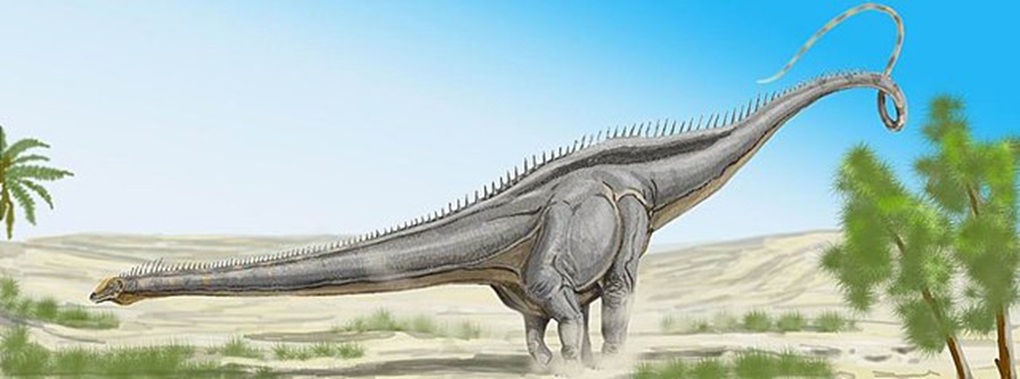
While our understanding of dinosaur sleep has advanced significantly, much remains speculative. The combination of fossil evidence, comparative biology, and evolutionary reasoning suggests dinosaurs likely exhibited sleep patterns somewhere between those of modern reptiles and birds, with considerable variation across different dinosaur groups. As research techniques continue to advance, we may further refine our understanding of how these magnificent creatures rested.
What seems increasingly clear is that dinosaur sleep was likely more complex and adaptable than previously imagined, comprising a diverse range of strategies evolving in response to their unique physiological needs and environmental challenges. The mystery of dinosaur sleep reminds us that even basic biological functions can evolve into remarkable specializations—and that understanding the full range of dinosaur behavior requires looking beyond their bones to imagine the intricate details of their daily—and nightly—lives.
As we continue to unearth new fossils and develop more sophisticated analytical techniques, the picture of dinosaur sleep will undoubtedly become clearer, offering new insights into these extraordinary animals that dominated our planet for over 160 million years.



